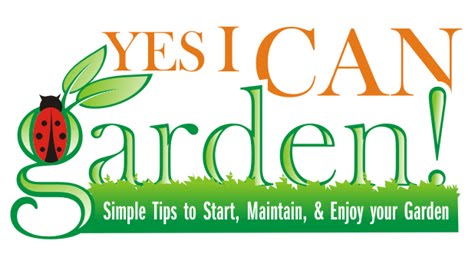
The ornamental grasses that you will be able to grow will depend on the specific conditions in your area. Check the hardiness rating for your area if you plan on planting perennial grasses.
Ornamental grasses add texture and interest to the garden as accents and as part of both formal and informal designs. Taller grasses and bamboo can be planted near the back of a garden bed; some decorative grasses feature plumes that are truly spectacular—these can be placed strategically in the garden to draw attention (or even to divert attention from some feature you want to minimize).
Grasses come in a great range of varieties, shapes and sizes. Some flower earlier in the season; others in the fall. Make sure you read up on specific grasses you have purchased, since some species are invasive, and may spread throughout the bed or further in the garden or neighbouring region if roots are not contained. Clumping grasses, on the other hand, grow in tufts, and will not be a problem. Also read up or inquire about whether the grasses are sterile or will self-seed.
When planting, many varieties do best in spring; a handfull of others do best when planted in the early fall. After several seasons of growth, it is important to cut the grasses back to encourage continued growth—some grasses can be cut back once or even several times a season.
One of the prettiest uses of ornamental grasses I have seen was in a bed created near a small bridge and pond that a bride’s parents had prepared just for the photo session on the day of their daughter’s fall wedding. Particularly when the sun catches the plumes at a specific angle in the late afternoon, ornamental grasses can be beautiful and distinctive features in a garden.
Several popular and distinctive ornamental grasses include:
Carex (sedge or blue grass)-- a versatile perennial that can be grown near water.
Avena candida—coarse blue grass that grows in clumps. Relatives of ours in Scotland have named their cottage “Avena” to honour the abundance of this grass in the area where they live.
Fountain grass—this can be dried and used in wreaths or other projects.
Feather grass—features distinctive plumes.
Little bluestem—greenish blue in colour, and quite flexible about growing conditions.

No comments:
Post a Comment